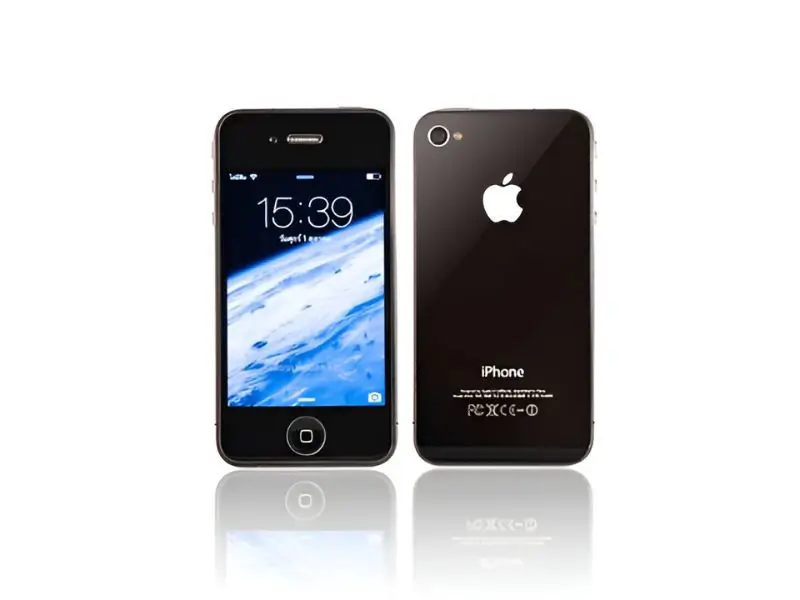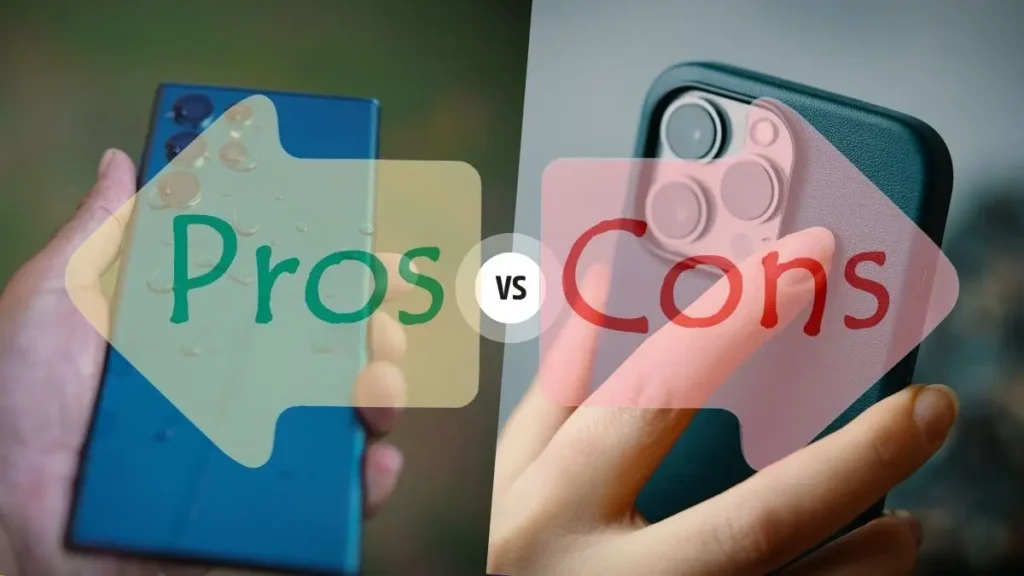Introduction to iPhone 3G (2008)
After the revolutionary debut of the original iPhone in 2007, Apple returned in 2008 with the iPhone 3G — the model that truly brought the iPhone into the mainstream. Not only did it introduce 3G connectivity, but also the App Store, which would go on to define the modern smartphone experience.
Even in 2025, the iPhone 3G remains an important milestone in mobile history. Let’s take a closer look at what made this device so impactful — and whether it still holds up as a collector’s piece today.
iPhone 3G (2008) Detailed Specifications
| Specification | Details |
|---|---|
| Launch Date | July 11, 2008 |
| Network | 2G (GSM) / 3G (UMTS/HSDPA) |
| Display | 3.5-inch IPS LCD, 320 x 480 pixels, 163 ppi |
| Processor (SoC) | Samsung 32-bit RISC ARM11, 412 MHz |
| RAM | 128 MB |
| Internal Storage | 8 GB / 16 GB (No microSD card slot) |
| Rear Camera | 2 MP (fixed focus, no flash) |
| Front Camera | ❌ None |
| Battery | 1150mAh (non-removable) |
| Operating System | iPhone OS 2.0 (upgradable to iOS 4.2.1) |
| Dimensions | 115.5 x 62.1 x 12.3 mm |
| Weight | 133 grams |
| Build | Plastic back, glass front, metal frame |
| Charging Port | 30-pin dock connector |
| Connectivity | Wi‑Fi 802.11 b/g, Bluetooth 2.0, GPS |
| Colors | Black (8GB & 16GB), White (16GB only) |
| Launch Price (2008) | $199 (8GB), $299 (16GB) on contract |
Design & Build Quality
With the iPhone 3G, Apple swapped the aluminum back of the original iPhone for a curved plastic back, making it feel lighter and more ergonomic in the hand. The glossy finish gave it a more modern, sleek look in 2008 — though it was more prone to scratches and fingerprints.
It retained the iconic single home button, 3.5-inch screen, and minimalistic front — a design philosophy that would guide Apple for years.
Display Quality
The display remained the same as the original iPhone: a 3.5-inch IPS LCD with a resolution of 320×480 pixels. While very basic by 2025 standards, the screen was sharp enough for web browsing, messaging, and media playback in 2008.
The capacitive touch experience was excellent — fluid, responsive, and accurate, thanks to Apple’s iOS optimization.
Performance & Software Experience
Powered by a 412 MHz ARM11 processor and 128 MB RAM, the iPhone 3G wasn’t about raw power — it was about software experience. With iPhone OS 2.0, the 3G became the first iPhone to officially support the App Store, bringing third-party apps into the ecosystem.
Although sluggish by modern standards, it handled apps like Safari, Mail, Calendar, and Music smoothly in its time. Later updates (up to iOS 4.2.1) introduced features like cut, copy, paste and MMS, though they slowed performance on older hardware.
Camera Quality
The 2MP rear camera remained unchanged from the original iPhone. No autofocus, no flash, no video recording. But in bright daylight, it captured reasonably good still images for social media sharing — in an era where camera phones were still maturing.
There was no front-facing camera, so video calls (like FaceTime) didn’t exist yet on iPhones.
Battery Life
The 1150mAh battery could last a full day with basic use — calls, texts, light browsing. However, the introduction of 3G connectivity meant higher battery drain compared to the original iPhone.
Charging was handled through Apple’s 30-pin connector — the standard until 2012.
Pros and Cons of iPhone 3G
| ✅ Pros | ❌ Cons |
|---|---|
| ✅ 🌐 Introduced 3G for faster internet | ❌ 🔋 Smaller battery with faster drain |
| ✅ 🛒 First iPhone with App Store | ❌ 🐌 Slow performance by 2025 standards |
| ✅ 📲 Excellent touch response | ❌ 📷 Basic camera with no video or flash |
| ✅ 🧭 Built-in GPS support | ❌ ❌ No front camera |
| ✅ 💡 Historic value & collector’s item | ❌ 📦 No expandable storage |
Final Verdict: Is the iPhone 3G Still Worth Buying in 2025?
If you’re a smartphone enthusiast or collector, absolutely. The iPhone 3G is a key moment in tech history — the first iPhone with 3G and the App Store, two features that reshaped how we use phones.
For practical, everyday use in 2025? Not really. It’s unsupported, can’t run modern apps, and most networks no longer support 3G. But as a display piece or part of a retro tech collection, it’s priceless.
In short: not for use — but perfect for legacy.
Frequently Asked Questions (FAQs)
Q1: Does the iPhone 3G support 4G or Wi-Fi calling?
❌ No, only 2G and 3G. It does support Wi-Fi (802.11b/g), but no Wi-Fi calling.
Q2: Can I install modern apps on the iPhone 3G?
❌ No, it supports up to iOS 4.2.1, which is incompatible with today’s App Store apps.
Q3: Does the iPhone 3G have GPS?
✅ Yes! It was the first iPhone with built-in GPS support (Assisted GPS).
Q4: What made the iPhone 3G better than the first iPhone?
It introduced 3G connectivity, GPS, and — most importantly — the App Store.
Q5: Can you still use the iPhone 3G in 2025?
Technically yes, on Wi-Fi. But 3G networks are mostly retired, and most services won’t work.
If you found this review helpful, don’t forget to share it with friends looking for a budget smartphone!


